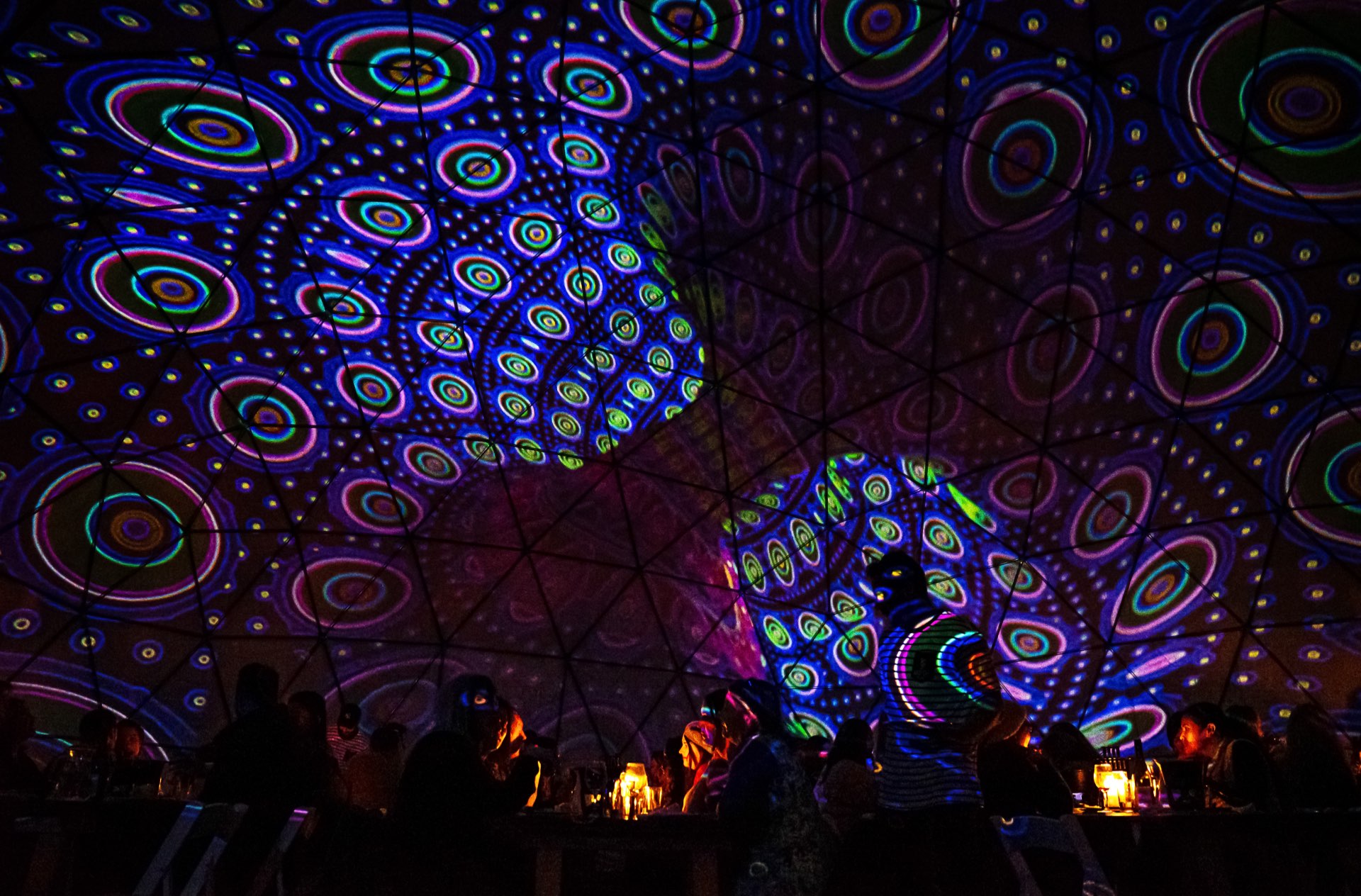



Quaqua casino series#
For this marvelous etching, in addition to the aforementioned text by the Dominican friar da Varagine, Rembrandt certainly also looked at two fundamental works (to understand the genesis of the composition): the Death of the Virgin by Albrecht Dürer, from the silographic series of the Life of the Virgin, of which he owned a specimen, perhaps bought at auction in 1638, and a stained glass window designed by Dirck Pietersz Crabeth (1501-1574), in the Oude Kerk in Amsterdam. Indeed, the scene depicted by the artist takes place in the bedroom of the Virgin: the angel appears at the top, accompanied by the cherubs, while the Apostles gather around her bed. It is told that the Apostles, dispersed in the four corners of the world to proclaim the Gospel, were miraculously transported to Mount Zion to be near them.ĭisagreeing with other exegetes, Hinterding claims that Rembrandt knew the Legenda but was inspired by it in an original way, combining two moments in a single choral scene. Certainly, this artwork is linked to a precise market request, given its size - this is the second largest incision of the artist - and the commitment to such an important work.Ī more detailed description of this religious event is described particularly well in the Legenda Aurea by Jacopo da Varagine, a guiding text in the Middle Ages for all the artists who wanted to portray the Death of the Virgin: an angel appeared to Mary announcing her imminent death. We do not know who the customer was it could have been a Catholic client, but this hypothesis seems to be at least doubtful precisely because of the peculiarity with which the episode is narrated. One of the most interesting works with a religious subject by the great old master, for both the compositional freedom and the technical expertise. 39, IV New Hollstein (Dutch & Flemish), n. Sheet characterized by a legible and appreciable impression for the chiaroscuro good conditions of conservation, even though some thinning is reported, in particular along the left margin and on the lower left corner, together with small gaps visible on the back and a superficial deposit of particles. Superb specimen on doubly watermarked paper: the first on four lines dating back to around 1764 and widely diffused in Normandy and Germany the second, clustered, traced back to the second decade of the 17th century. The paper has a cluster watermark with symmetrical elements in the center (similar to Ash Grapes B.a.) and a second watermark written on 4 lines (perhaps identifiable with Ash Words C.a.). Signature and date on plate on the lower left corner “Rembrandt f. Probable specimen of III state on three (according to White & Boon), IV on four (following Biörklund-Barnard). The Death of the Virgin is an etching with drypoint tweaks on wire rod double filigree paper, realized in 1639 by Rembrandt Harmenszoon van Rijn (Leiden, 1606 - Amsterdam, 1669).


 0 kommentar(er)
0 kommentar(er)
